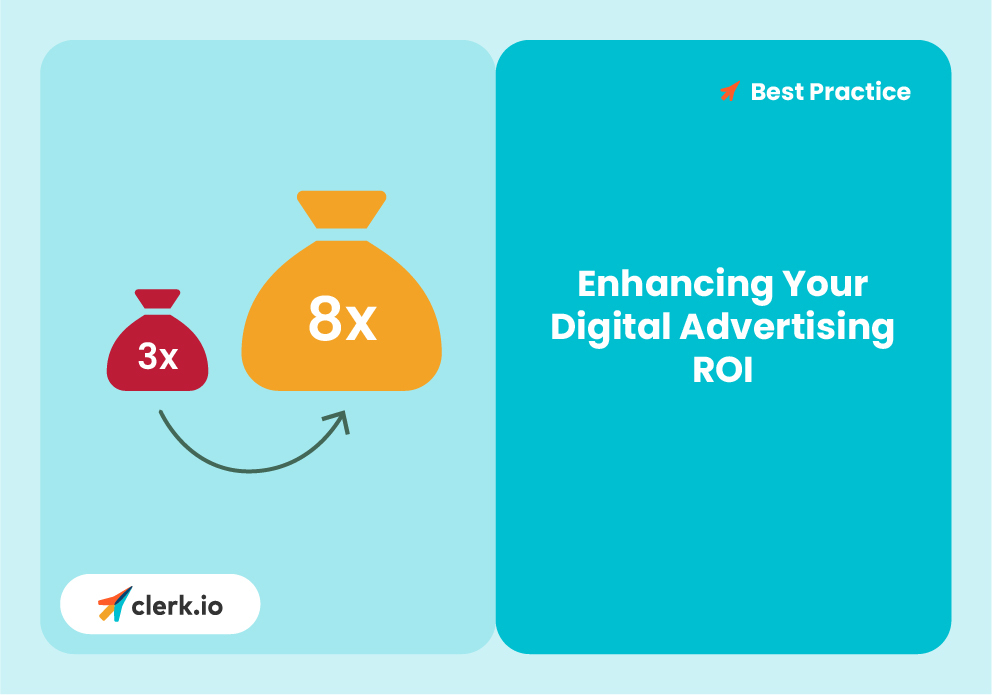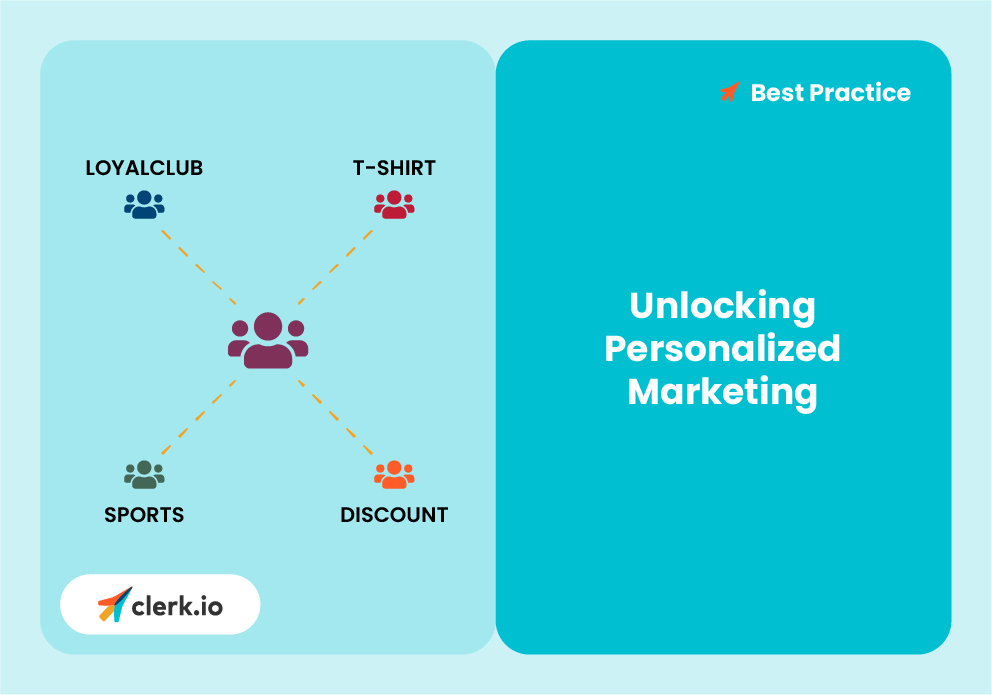Competing with FAANG (Facebook, Amazon, Apple, Netflix, Google) companies, can seem like an unwinnable battle. They have massive brand awareness, customer engagement and customer loyalty that can mean they are most web users first point of contact for whatever they provide.
You can contend though and the key is to build your own brand loyalty. We’re going to focus on what we know best - etail, looking at how to be your target audiences’ own Amazon.
What’s the deal with the big contenders anyway?
When an ecommerce site is so universally known, customers tend to go straight to their site when browsing for goods. They bypass using a search engine to find what they’re looking for, so other webshops are ignored. This can feel a little frustrating when you know that what you're offering is just as good, if it not better, but you might as well be screaming at the top of a mountain - you’re there but no can one hear you.
How can you change this?
If you want to contend - really contend - you have to be your
customers’ first point of contact.
Being the first point of contact means customers come directly to your webshop. They aren't presented with pages of other search results and so your products are the first, if not the only ones they consider.
To do this, you have to focus on your customers and why they buy from you. What is unique about you - your product? Your story? Your service?
One way of measuring this is by segmenting your audience. This can give more reliable data than making assumptions. Segmentation shows - amongst other things - what items draw in the largest audience, your most faithful customers and the frequency with which they make purchases.
Identify, focus, use it to your advantage.
Once you have identified your strengths, you can use them to build customer loyalty. Get your customers coming back to you time and again, without going to anyone else first and without seeing what your competitors’ have to offer.
This can be a long process, you have to stick it out and be willing to spend time to nurture your customers to get to this point, but the payoff speaks for itself.
Check out more posts like this, here!
Bringing in customers from third-party sites
If you sell any of your products on a third-party site you may have a hidden opportunity. You can use sales made in another webshop to direct traffic into your main site, having it act as a sort of advertisement. The simplified process may work like this:
1. A customer buys through a third-party site
2. They get a confirmation email with YOUR name on it and recommendations of other personalised or popular products that you offer
3. They are given a call-to-action to visit your mainpage
Following this process, customers will now be aware of you as a stand alone webshop. They have seen your value as a vendor having already purchased from you and they now have the means to visit you directly.
Take home
It can be long and sometimes draining to contend with the big contenders. It requires timely (not too seldom, not too often) communication and a personalised and effective user experience both within your webshop and emails. Automating communication can be one way of keeping on top of customer relationships - you can set specified intervals and it keeps you at the forefront of your customers’ minds. It also gets them to go directly to your store to look at products, so it could be something worth investing in.
If you’d like to see more, check out Clerk.io’s Founder give his tips:







